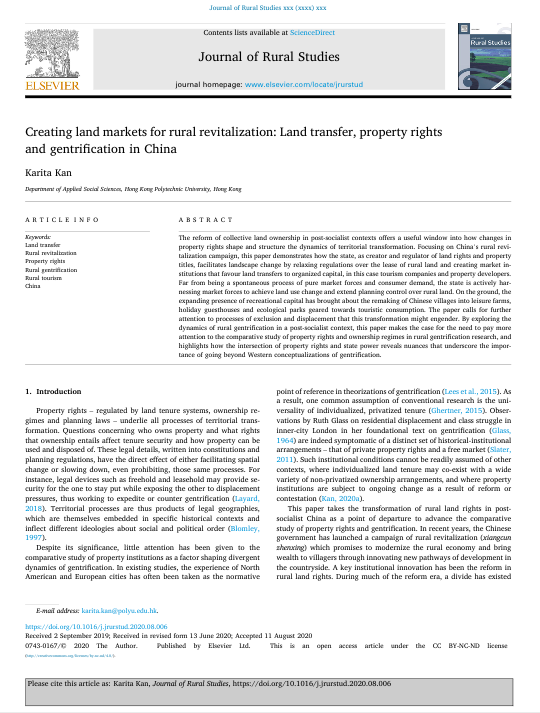Unpacking social learning in planning: who learns what from whom?
Social learning is the process of exchanging and developing knowledge (including skills and experiences) through human interaction. This key planning process needs to be better under-stood, given the increase and variety of non-planners influencing planning processes. This article explores who learns what from whom through social learning in planning. We unpack social learning theoretically to be able to map it, and employ empirically-based storytelling to discuss its relevance to planning practice.



